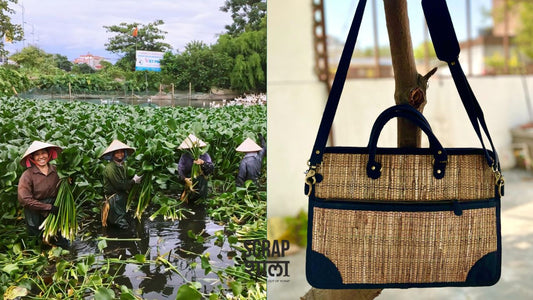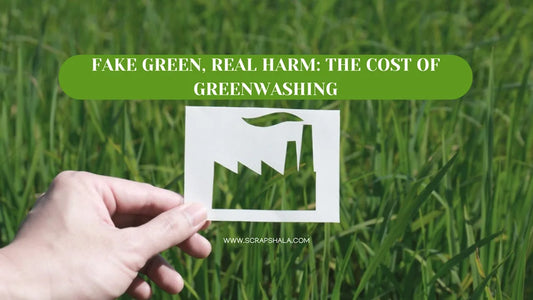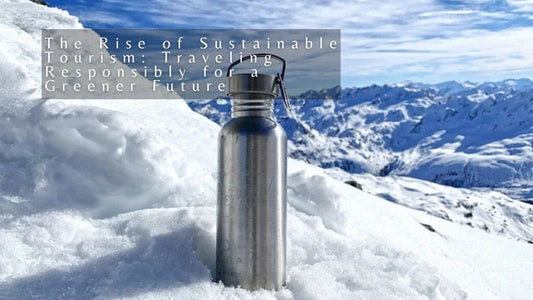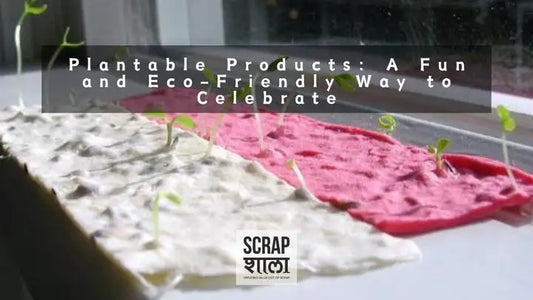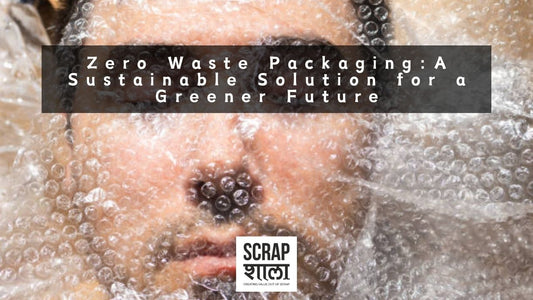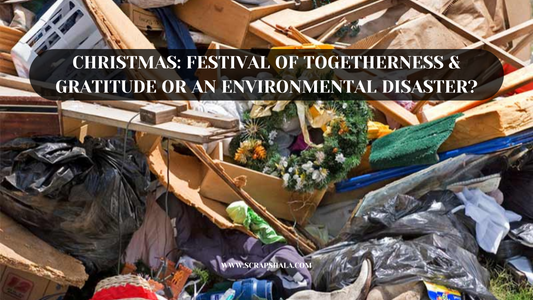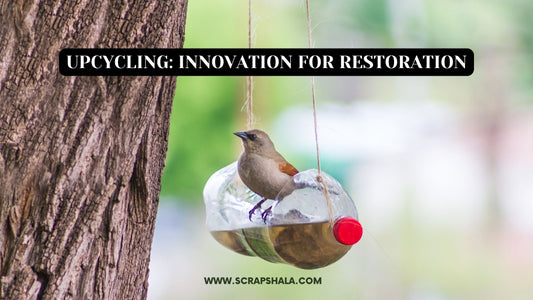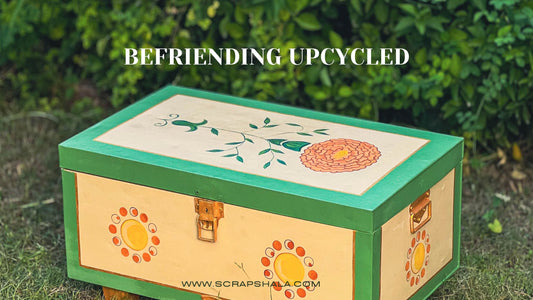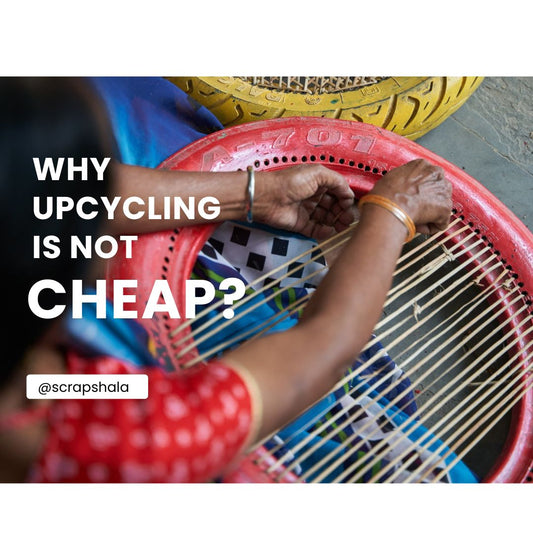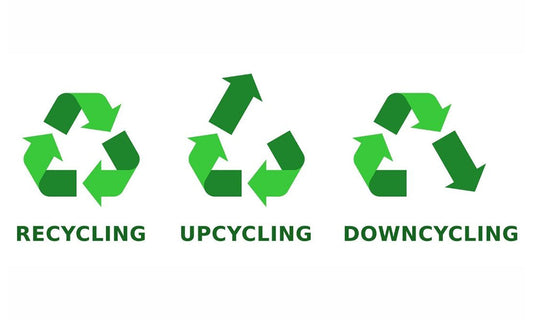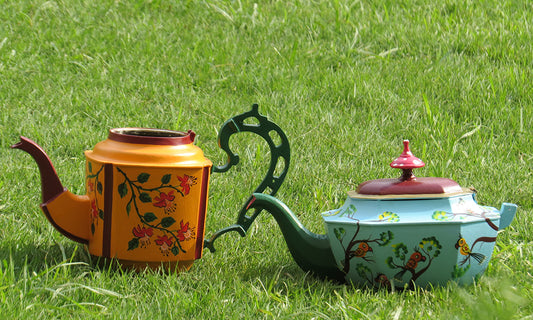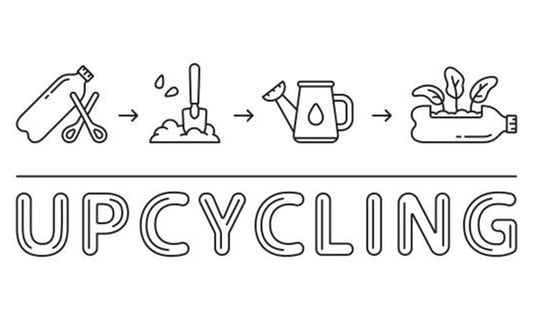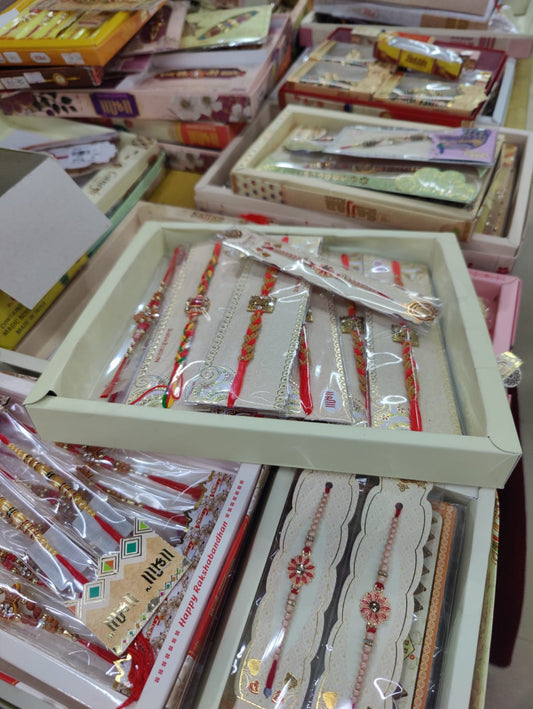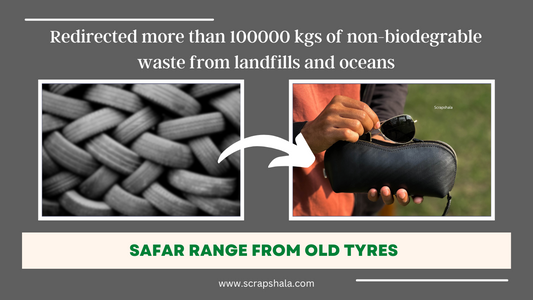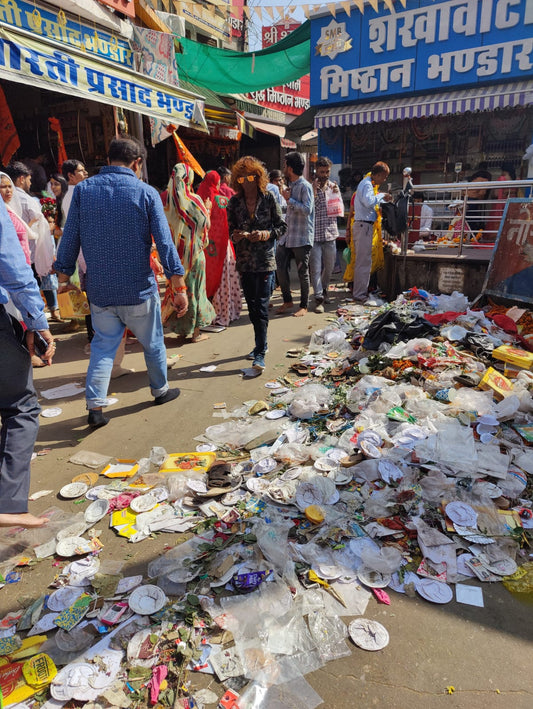By Shivangi Agarwal and Shikha Shah
In an era where environmental concerns are at the forefront of global discussions, the concept of zero waste packaging has gained significant momentum.
Be that as it may, what precisely is zero waste packaging, and for what reason is it so critical in this day and age?

Zero waste packaging refers to the design and implementation of packaging solutions that minimize or eliminate waste entirely throughout its lifecycle. Unlike conventional packaging, which often ends up in landfills or pollutes oceans and ecosystems, zero waste packaging aims to create a closed-loop system where materials are reused, recycled, or composted, leaving no waste behind.
India has a population of more than 1.4 billion and creates 26,000 tons of plastic waste - consistently. This is the equivalent of approximately 26,000 small cars!

Currently, a huge part of this waste in India goes to landfill or leaks into the environment. Considering these alarming statistics, the adoption of zero waste packaging in India becomes not just a preference but a necessity.
For instance, one common example of zero waste packaging involves replacing traditional bubble wraps, which are made from non-biodegradable plastic materials, with eco-friendly alternatives such as bamboo or kraft paper. By making this simple switch, businesses can significantly reduce the environmental impact of their packaging while still ensuring the safety and protection of their products during transit.

Another compelling example of transitioning towards zero waste practices is seen in everyday items like cutlery. Instead of reaching for disposable plastic spoons and forks when on-the-go, individuals can make a conscious choice to opt for eco-friendly alternatives such as wooden/bamboo/cornstarch cutlery.
This shift towards zero waste packaging and lifestyle choices isn't merely a trend; it's a fundamental shift in mindset and behavior that's essential for our planet's long-term sustainability.
The Problem with Plastic Packaging
Plastic packaging is everywhere in our lives, from our food and drinks to the stuff we buy and even the boxes things get shipped in.
Overuse of such enormous amount of single-use plastic causes a lot of problems for the well-being of humans and environment such as:
- Environmental Pollution: Plastic packaging contributes to environmental pollution, as it takes hundreds of years to decompose, releasing harmful toxins in the process.
- Harm to Wildlife: Marine creatures like turtles and seabirds often eat plastic packaging because they think its food; they can mistake plastic bags for jellyfish. This can make them sick or even kill them.
Recent data shows that over 1 million seabirds and 100,000 marine mammals die every year because of plastic pollution in the oceans.

- Resource Depletion: The production of plastic packaging requires the extraction of fossil fuels, contributing to resource depletion and environmental degradation.

- Impact on quality of life: Improper disposal of single-use plastic packaging can lead to its breakage and leads to ingestion or inhalation of large amounts of both micro plastic particles and many toxic substances with known or suspected carcinogenic, developmental, or endocrine-disrupting impacts.
- Microplastics: Plastic packaging breaks down into tiny particles known as micro plastics, which can enter the food chain and harm ecosystems and human health. “Microplastics entering the human body due to direct exposures may lead to an array of health impacts, including inflammation, genotoxicity, oxidative stress, apoptosis, and necrosis, which are linked to an array of negative health outcomes including cancer, cardiovascular diseases, inflammatory bowel disease, diabetes, rheumatoid arthritis, chronic inflammation, autoimmune conditions, neurodegenerative diseases, and stroke.”

Benefits of Zero Waste Packaging

Zero waste packaging offers numerous benefits for both businesses and the environment. Let’s get to know more about them:
Reduces Landfill Waste and Pollution: Commercial single-use plastic and thermocol packaging mostly ends up in landfills, releasing harmful toxins as they break down.
Zero waste packaging, on the other hand, is designed to biodegrade or be composted, reducing the amount of waste going to landfills and minimizing pollution.
Conserves Resources and Raw Materials: Manufacturing mass packaging materials like plastic (such as gift wrappers and bubble wraps) requires a significant amount of resources and energy.
Zero waste packaging, often made from recycled materials, cloth, glass, or starch-based compostable bioplastics, uses less energy and helps to conserve these resources and reduce the environmental impact of production.
Protects Ecosystems and Wildlife: Animals can become entangled in or ingest traditional plastic packaging, leading to serious harm or death.
Zero waste packaging is either reusable or compostable, and even when disposed off, poses less of a threat to wildlife and ecosystems.
Promotes Sustainable Consumption: In some cases, zero waste packaging can actually be cheaper to produce than traditional packaging. This is because recycled materials are often less expensive than virgin materials, and there are no disposal costs associated with zero waste packaging.
Also, zero waste packaging comes at literally no cost when done using pre-existing martial such as cloth, newspapers, old paper wrapping sheets and natural embellishments etc.
Enhances Brand Image and Customer Loyalty: Consumers are increasingly concerned about the environmental impact of the products they purchase. By using zero waste packaging, companies can demonstrate their commitment to sustainability and attract environmentally conscious customers.
Consumer Convenience: When gifts come to consumers, especially in large numbers during special events and festival season, it becomes very convenient for them when they don’t have to worry about disposing off the toxic packaging (such as plastic sheets, thermocol cushions, mdf boxes etc) outside on the streets or overflowing public bins. Also, zero-waste packaging and innovation and creativity involved in it, makes gifting a memorable experience for conscious consumers.
Examples of Zero Waste Packaging
There are various examples of zero waste packaging solutions that businesses can implement to reduce their environmental footprint.
Paper Tapes: These tapes are made from recyclable kraft paper materials and offer a sustainable alternative to traditional plastic tapes. They are unbleached, uncolored, and biodegradable and can be easily recycled or composted, minimizing environmental impact.

Paper Honeycomb Bubble Wrap: This innovative packaging solution is made from recycled kraft paper and features a honeycomb structure that provides excellent cushioning and protection for fragile products during transit.

Recycled Cardboard: Cardboard packaging made from recycled materials helps reduce the demand for new raw materials and minimizes waste.
Masking Tape: Masking tape is often made from paper and can be easily recycled or composted after use. It is commonly used for sealing packages and provides a sustainable alternative to traditional plastic tapes.
Kraft Paper Prints: Stickers and labels when printed on kraft paper, it is biodegradable, compostable, and recyclable, making it a versatile and sustainable choice for packaging solutions.

Biobased Thermocols: Biobased thermocols are now being made from renewable sources such as cornstarch, sugarcane, wheat straw, rice husk and even agricultural waste. They offer a sustainable alternative to traditional polystyrene foam/thermocol packaging.

Mushroom Packaging: Mushroom packaging, also known as mycelium packaging, is made from agricultural waste combined with mycelium, the root structure of mushrooms. It is biodegradable, compostable, and can be molded into various shapes to provide protective packaging for products.

Beeswax Paper: An alternative to plastic cling wrap, beeswax paper is made from cotton fabric coated in beeswax, tree resin, and jojoba oil. It's reusable, biodegradable, and compostable, providing a sustainable way to store and wrap food without using single-use plastic.

Glass Jars: Glass jars are durable, reusable, and recyclable, making them an excellent option for zero waste packaging. The concept of refilling further boosts their eco-friendliness, allowing customers to reuse them for various products, thereby reducing the need for single-use packaging.

Cotton Bags and Pouches: Cotton tote bags, shopping bags and pouches are reusable, and offer a sustainable alternative to single-use plastic bags. They can be washed and reused multiple times, reducing waste and promoting sustainability.
Scrapshala's Approach to Zero Waste Packaging
At Scrapshala, we are committed to sustainability and eco-conscious practices in everything we do, including our packaging.
Our approach to zero waste packaging involves using a variety of eco-friendly materials and pre-existing resources, such as kraft paper sheets and stickers, recycled cardboard boxes, shredded waste paper filling for cushioning, honeycomb bubble wraps, upcycled cotton pouches, cotton tote bags, paper tapes and newspaper shopping bags, cloth gift wraps and natural embellishments (dehydrated flowers) to package our products and gift hampers. Similar packaging materials are used in our retail outlets and online store orders.

By embracing zero waste packaging, we not only reduce our environmental footprint but we are also encouraging others to choose more eco-friendly options. Together, we're working towards a healthier planet for everyone, now and in the future.
Sources:
https://www.csiro.au/en/news/all/articles/2023/december/circular-economy-roadmap-india
https://wwf.org.au/blogs/plastic-in-our-oceans-is-killing-marine-mammals/
https://www.condorferries.co.uk/plastic-in-the-ocean-statistics
https://www.verifiedmarketresearch.com/blog/top-zero-waste-packaging-companies/
https://skchildrenfoundation.org/single-use-plastics/
https://utopia.org/guide/what-is-resource-depletion-and-why-is-it-dangerous/
https://mushroompackaging.com/
https://newatlas.com/environment/baby-turtles-plastic-pollution-evolutionary-traps/




